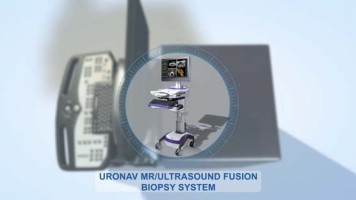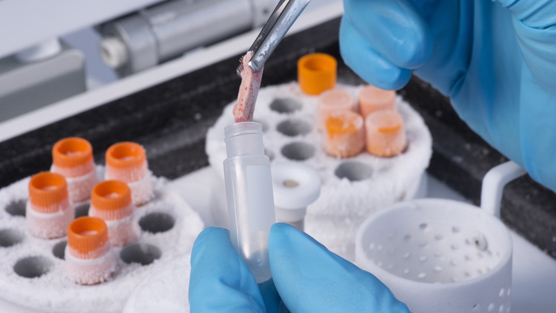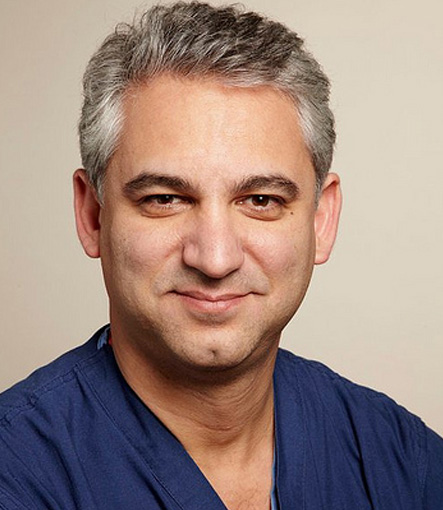A prostate biopsy is a procedure whereby a small hollow needle is used to extract tissue samples from a man’s prostate gland for a more thorough examination under a microscope. A biopsy. The procedure is commonly performed when the outcome from a PSA blood test has risen to a level that may indicate the potential presence of prostate cancer. Any lumps or abnormalities that are found following a digital rectal exam (DRE) will also warrant a biopsy to be performed for further analysis. Cancer can only be diagnosed and confirmed following a biopsy. Once a biopsy has been performed it’s possible to determine the severity of the cancer if it is present. This in turn enables you and your doctor to make a decision on how to treat the prostate cancer.
Most Common Methods:
- Transrectal: You will be situated on your left side, with your knees bent. This specific procedure can be performed with a local anesthetic. Typically, a transrectal ultrasound (TRUS) will be utilized in order to guide the placement of the biopsy needle. The needle is inserted through the wall of the rectum directly into the prostate gland. There may be feeling of discomfort when the needle enters the prostate. The doctor will collect a few tissue samples from diverse areas of the prostate gland for analysis.
- Transperineal: You will be situated on your left side or lying on your back with your knees bowed and thighs separated. The skin between the scrotum and the rectum is then cleansed and the area is injected with a local anesthetic. When the region is completely numb, the doctor will make a small incision in the skin. The doctor will then take a gloved lubricated finger and place into the rectum to locate and steady the prostate gland in place. A biopsy needle is then inserted several times into the prostate to collect various samples from different areas of the gland. The needle will be withdrawn upon completion of the procedure with firm pressure applied to the area to stop any further bleeding. Samples are then sent for testing.
- Transurethral: is performed either under a local or general anesthetic. The patient will take a position on his back with his knees bent and thighs spread apart. The doctor will then insert a cystoscope through the opening toward the end of the penis into the urethra. The doctor will then embed instruments through the cystoscope to collect the prostate tissue samples for detailed examination.
Potential Risks:
Generally speaking as it is with many surgical procedures there are some inherent risks involved. Some of the most common risks associated with the prostate biopsy procedure include:
- Infection
- Blood in semen
- Bleeding at the biopsy area
- Difficulty urinating
Many risks can vary from patient to patient and can depend on your current medical condition. Prior to having the procedure done convey any questions and concerns you may.
Preparation:
Prior to the biopsy, the patient will take antibiotics to reduce their risk of infection after the prostate biopsy has been performed. The patient will also be advised to stop taking certain anti-inflammatory drugs such as aspirin or ibuprofen. This is because it may increase the risk of prolonged bleeding following the procedure. Also your doctor may also request an enema before proceeding in order to remove fecal matter and gas that may cause complications – specifically during a transrectal biopsy.
Post Procedure:
After a prostate biopsy you will likely take an antibiotic for several days to prevent any infection. You may also experience some soreness and some light bleeding around the biopsy site area. Only take pain relievers as prescribed by your doctor as medications such as aspirin can increase the risk of bleeding. Following the procedure you may also notice the presence of blood in your urine, stool and semen. This is completely normal and will only last a few weeks after the biopsy. If you notice any prolonged bleeding or any other complications after having had a prostate biopsy notify your doctor immediately for follow-up treatment.






